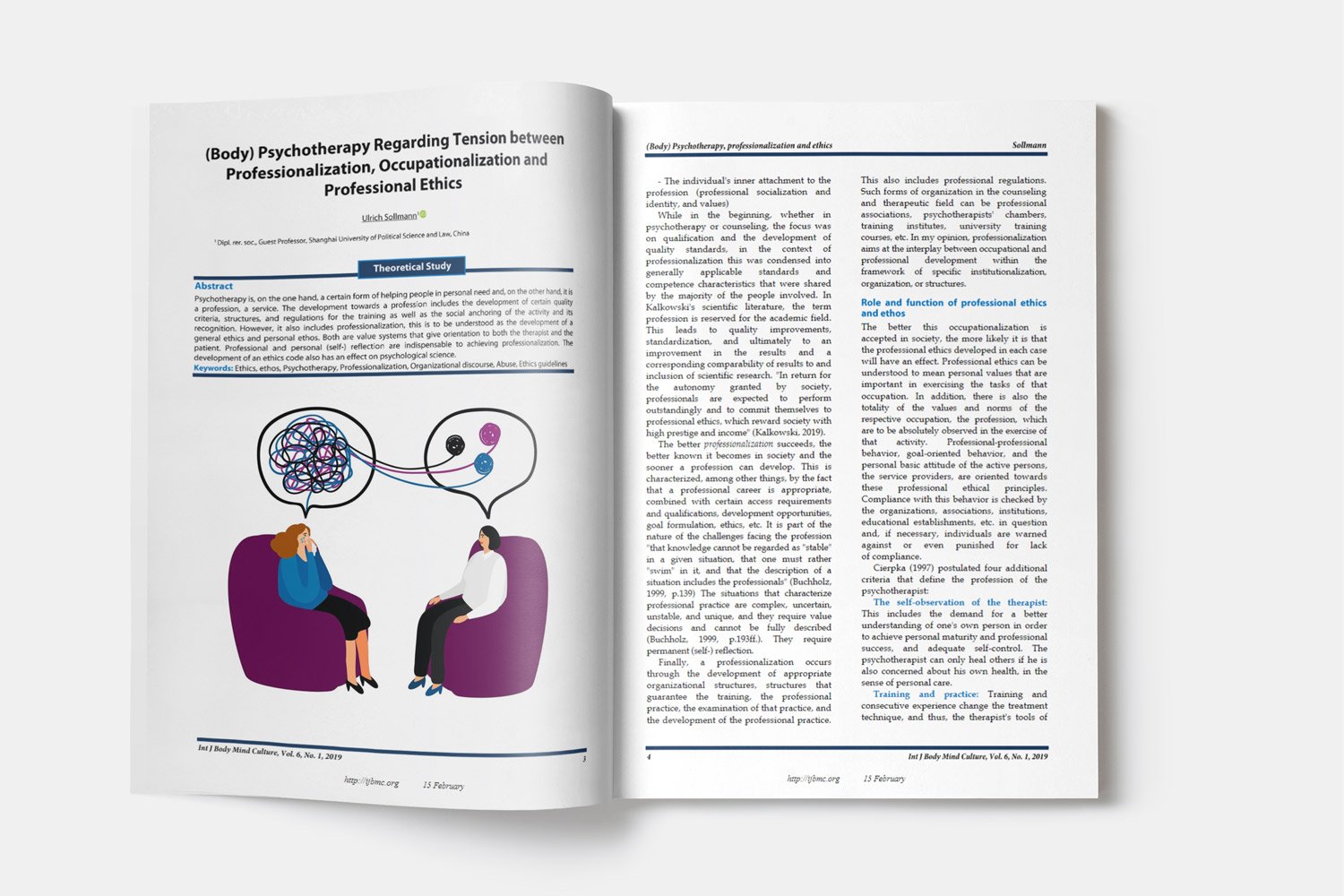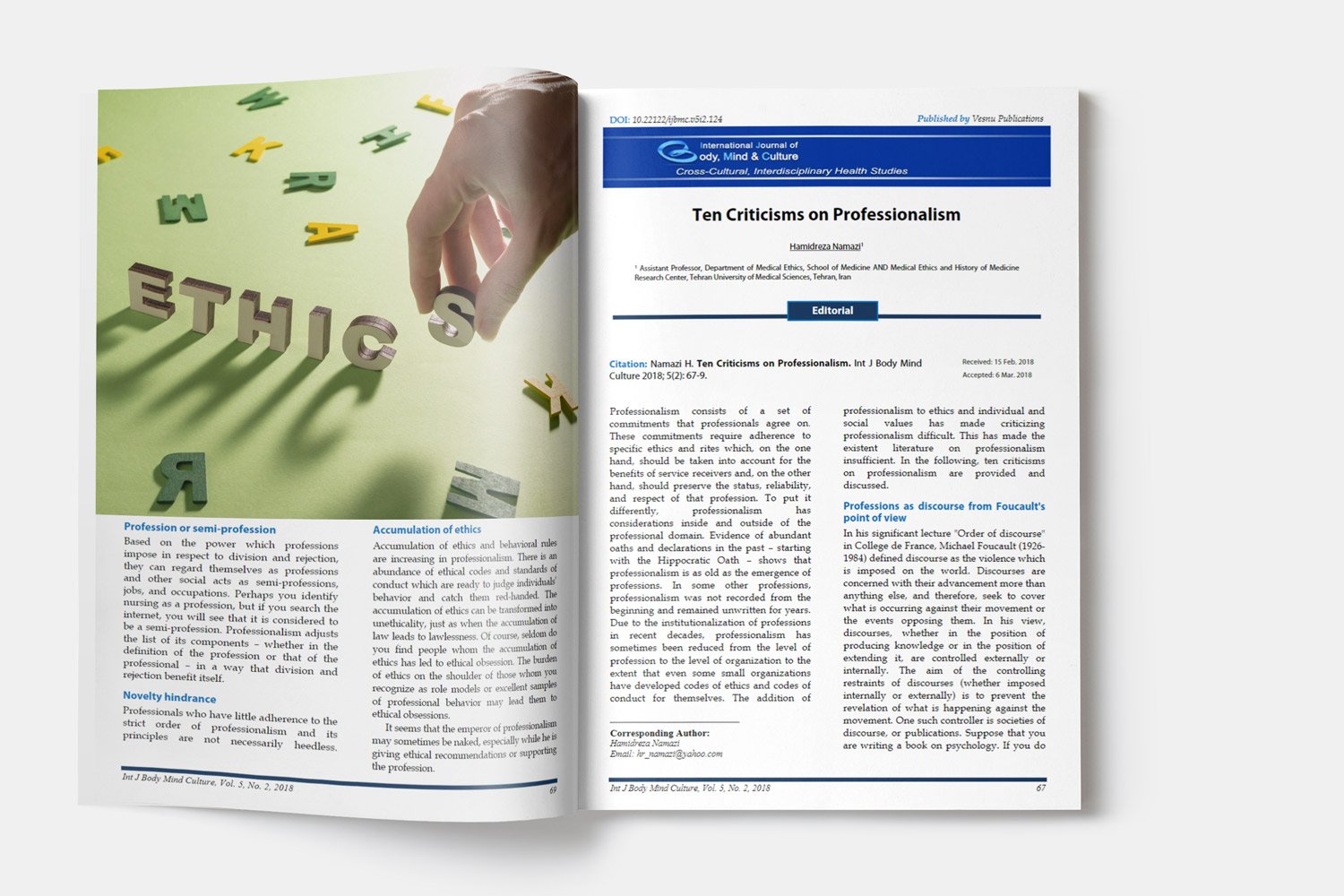Psychological Vulnerability and Self-Efficacy of Adolescents with and without Attention Deficit Hyperactivity Disorder
Psychological vulnerability and self-efficacy
Downloads
Background: Along with the negative effects of attention deficit hyperactivity disorder (ADHD) symptoms on individuals, various psychological factors are thought to be associated with these symptoms. The aim of the current study was to compare psychological vulnerability and self-efficacy in teenagers with or without ADHD syndrome.
Methods: This study was conducted using comparative method. The statistical population comprised all the first-grade middle school students of Karaj City, Iran, in 2018 (n = 100). A total of 100 people (50 people with ADHD by referring to Alborz Health Counseling Center and 50 normal people by referring to the first secondary school in Karaj) were selected and tested by a convenience sampling method. To collect data, Self-Efficacy Questionnaire for Children (SEQ-C) and Symptom Checklist-25 (SCL-25) were administered. Kolmogorov-Smirnov test was used at the level of descriptive statistics, as well as multiple regression, analysis of variance (ANOVA), and independent t-tests. The analysis was conducted using SPSS software.
Results: Based on the results, f values observed regarding obsessive-compulsive (F = 20.01, P = 0.001), depression (F = 19.48, P = 0.001), anxiety (F = 8.74, P = 0.001), morbid phobia (F = 5.58, P = 0.001), and psychosis (F = 19.06, P = 0.001) were significant at the level of P ≥ 0.05. Therefore, there was a significant difference between the two groups regarding the symptoms of the above mental disorders. Moreover, social (F = 8.05, P = 0.001), educational (F = 2.700, P = 0.001), and emotional (F = 9.42, P = 0.001) self-efficacy were significant at the level of P ≥ 0.05.
Conclusion: According to the results, self-efficacy and psychological vulnerability in adolescents with ADHD are lower than in normal adolescents. Since inefficiency and mental damage can bring problems in the later stages of development, it is suggested that schools focus more on the extracurricular and collective activities of students.
Downloads
Bandura, A., Caprara, G. V., Barbaranelli, C., Gerbino, M., & Pastorelli, C. (2003). Role of affective self-regulatory efficacy in diverse spheres of psychosocial functioning. Child Dev, 74(3), 769-782. doi:10.1111/1467-8624.00567 [doi]. Retrieved from PM:12795389
Brinksma, D. M., Hoekstra, P. J., de Bildt, A., Buitelaar, J. K., van den Hoofdakker, B. J., Hartman, C. A. et al. (2023). Parental rejection in early adolescence predicts a persistent ADHD symptom trajectory across adolescence. Eur.Child Adolesc Psychiatry, 32(1),
-153. doi:10.1007/s00787-021-01844-0 [pii];1844 [pii];10.1007/s00787-021-01844-0 [doi]. Retrieved from PM:34275051
Bunford, N., Evans, S. W., & Wymbs, F. (2015). ADHD and emotion dysregulation among children and adolescents. Clin Child Fam Psychol Rev, 18(3), 185-217. doi:10.1007/s10567-015-0187-5 [doi]. Retrieved from PM:26243645
Chen, C. Y. (2022). Grieving during the COVID-19 pandemic: In-person and virtual "Goodbye". Omega.(Westport.), 302228221090754. doi:10.1177_00302228221090754 [pii];10.1177/00302228221090754 [doi]. Retrieved from PM:35446731
Dana, S., Effatpanah, M., & Mahjoub, A. (2018). The new epidemic problem of psychoactive drugs at drug treatment centers of Iran: Implications for education, prevention and treatment. Iranian Journal of Psychiatry and Behavioral Sciences, 12(2), e63555. doi:10.5812/ijpbs.63555 [doi].
Fadus, M. C., Ginsburg, K. R., Sobowale, K., Halliday-Boykins, C. A., Bryant, B. E., Gray, K. M. et al. (2020). Unconscious bias and the diagnosis of disruptive behavior disorders and ADHD in African American and Hispanic Youth. Acad.Psychiatry, 44(1), 95-102. doi:10.1007/s40596-019-01127-6 [pii];10.1007/s40596-019-01127-6 [doi]. Retrieved from PM:31713075
Frick, M. A., Meyer, J., & Isaksson, J. (2023). The role of comorbid symptoms in perceived stress and sleep problems in adolescent ADHD. Child Psychiatry Hum.Dev, 54(4), 1141-1151. doi:10.1007/s10578-022-01320-z [pii];1320 [pii];10.1007/s10578-022-01320-z [doi]. Retrieved from PM:35094182
Hartman, C. A., Rommelse, N., van der Klugt, C. L., Wanders, R. B. K., & Timmerman, M. E. (2019). Stress exposure and the course of adhd from childhood to young adulthood: comorbid severe emotion dysregulation or mood and anxiety problems. J Clin Med, 8(11). doi:jcm8111824 [pii];jcm-08-01824 [pii];10.3390/jcm8111824 [doi]. Retrieved from PM:31683870
Khodayarifard, M., Manzari Tavakoli, V., & Farahani, H. (2012). Reliability and validity of Persian version of Emotional Self-Efficacy Scale. Journal of Psychology, 16(1), 70-83.
Komarraju, M., & Nadler, D. (2013). Self-efficacy and academic achievement: Why do implicit beliefs, goals, and effort regulation matter? Learning and Individual Differences, 25, 67-72. doi:10.1016/j.lindif.2013.01.005 [doi].
Larsson, H., Dilshad, R., Lichtenstein, P., & Barker, E. D. (2011). Developmental trajectories of DSM-IV symptoms of attention-deficit/hyperactivity disorder: genetic effects, family risk and associated psychopathology. J Child Psychol Psychiatry, 52(9), 954-963. doi:10.1111/j.1469-7610.2011.02379.x [doi]. Retrieved from PM:21434915
Lee, J., & Zentall, S. (2012). Reading motivational differences among groups: Reading disability (RD), attention deficit hyperactivity disorder (ADHD), RD+ADHD, and typical comparison. Learning and Individual Differences, 22(6), 778-785. doi:10.1016/j.lindif.2012.05.010 [doi].
Lev, E. L. (1997). Bandura's theory of self-efficacy: applications to oncology. Sch.Inq.Nurs Pract., 11(1), 21-37. Retrieved from PM:9188268
Lonigro, A., Longobardi, E., & Laghi, F. (2023). The interplay between expressive suppression, emotional self-efficacy and internalizing behavior in middle adolescence. Child Youth Care Forum, 52(1), 253-265. doi:10.1007/s10566-022-09685-x [doi].
Major, A., Martinussen, R., & Wiener, J. (2013). Self-efficacy for self-regulated learning in adolescents with and without attention deficit hyperactivity disorder (ADHD). Learning and Individual Differences, 27, 149-156. doi:10.1016/j.lindif.2013.06.009 [doi].
Masi, L., Abadie, P., Herba, C., Emond, M., Gingras, M. P., & Amor, L. B. (2021). Video games in ADHD and Non-ADHD children: Modalities of use and association with ADHD symptoms. Front.Pediatr., 9, 632272. doi:10.3389/fped.2021.632272 [doi]. Retrieved from PM:33777866
Mayer, J. S., Brandt, G. A., Medda, J., Basten, U., Grimm, O., Reif, A. et al. (2022). Depressive symptoms in youth with ADHD: the role of impairments in cognitive emotion regulation. Eur.Arch.Psychiatry Clin Neurosci, 272(5), 793-806. doi:10.1007/s00406-022-01382-z [pii];1382 [pii];10.1007/s00406-022-01382-z [doi]. Retrieved from PM:35107603
Muris, P. (2001). A brief questionnaire for measuring self-efficacy in youths. J Psychopathol Behav Assess, 23(3), 145-149. doi:10.1023/A:1010961119608 [doi].
Najarian, B. & Davoodi, I.. (2001). Construction and validation of a Short form of the SCL-90-R (SCL-25). Journal of Psychology, 5(2), 136-149.
Newark, P. E., Elsasser, M., & Stieglitz, R. D. (2016). Self-esteem, self-efficacy, and resources in adults with ADHD. J Atten.Disord, 20(3), 279-290. doi:1087054712459561 [pii];10.1177/1087054712459561 [doi]. Retrieved from PM:23074301
Oster, C., Ramklint, M., Meyer, J., & Isaksson, J. (2020). How do adolescents with ADHD perceive and experience stress? An interview study. Nord.J Psychiatry, 74(2), 123-130. doi:10.1080/08039488.2019.1677771 [doi]. Retrieved from PM:31613179
Powell, V., Riglin, L., Hammerton, G., Eyre, O., Martin, J., Anney, R. et al. (2020). What explains the link between childhood ADHD and adolescent depression? Investigating the role of peer relationships and academic attainment. Eur.Child Adolesc Psychiatry, 29(11), 1581-1591. doi:10.1007/s00787-019-01463-w [pii];1463 [pii];10.1007/s00787-019-01463-w [doi]. Retrieved from PM:31932968
Sabouripour, F., Roslan, S., Ghiami, Z., & Memon, M. A. (2021). Mediating role of self-efficacy in the relationship between optimism, psychological well-being, and resilience among Iranian students. Front.Psychol, 12, 675645. doi:10.3389/fpsyg.2021.675645 [doi]. Retrieved from PM:34194372
Sahmurova, A., Arikan, S., Gursesli, M. C., & Duradoni, M. (2022). ADHD Symptoms as a Stressor Leading to Depressive Symptoms among University Students: The Mediating Role of Perceived Stress between ADHD and Depression. Int J Environ.Res Public.Health, 19(17). doi:ijerph191711091 [pii];ijerph-19-11091 [pii];10.3390/ijerph191711091 [doi]. Retrieved from PM:36078805
Sami, S., Effatpanah, M., Moradi, A., & Massah, O. (2017). Matrix Model as an Intensive Rehabilitation in Three Methadone Services in Iran. Iranian Rehabilitation Journal, 15(3), 293-298.
Sedgwick-Muller, J. A., Muller-Sedgwick, U., Adamou, M., Catani, M., Champ, R., Gudjonsson, G. et al. (2022). University students with attention deficit hyperactivity disorder (ADHD): a consensus statement from the UK Adult ADHD Network (UKAAN). BMC.Psychiatry, 22(1), 292. doi:10.1186/s12888-022-03898-z [pii];3898 [pii];10.1186/s12888-022-03898-z [doi]. Retrieved from PM:35459116
Sevincok, D., Ozbay, H. C., Ozbek, M. M., Tunagur, M. T., & Aksu, H. (2020). ADHD symptoms in relation to internalizing and externalizing symptoms in children: the mediating role of sluggish cognitive tempo. Nord.J Psychiatry, 74(4), 265-272. doi:10.1080/08039488.2019.1697746 [doi]. Retrieved from PM:31809238
Sharma, P. K., & Kumra, R. (2022). Relationship between mindfulness, depression, anxiety and stress: Mediating role of self-efficacy. Pers Individ Dif, 186, 111363. doi:10.1016/j.paid.2021.111363 [doi].
Villada, C., Hidalgo, V., Almela, M., & Salvador, A. (2017). Assessing performance on an evaluated speaking task. Journal of Psychophysiology, 32(2), 64-74. doi:10.1027/0269-8803/a000185 [doi].
Wilcox, G., & Nordstokke, D. (2019). Predictors of university student satisfaction with life, academic self-efficacy, and achievement in the first year. Can J High Educ, 49(1), 104-124. doi:10.7202/1060826ar [doi].
World Health Organization. (2020). Guidelines on mental health promotive and preventive interventions for adolescents: helping adolescents thrive. Geneva, Switzerland: WHO. doi:NBK565375 [bookaccession] Retrieved from PM:33301276.
Copyright (c) 2024 International Journal of Body, Mind and Culture

This work is licensed under a Creative Commons Attribution-NonCommercial 4.0 International License.















